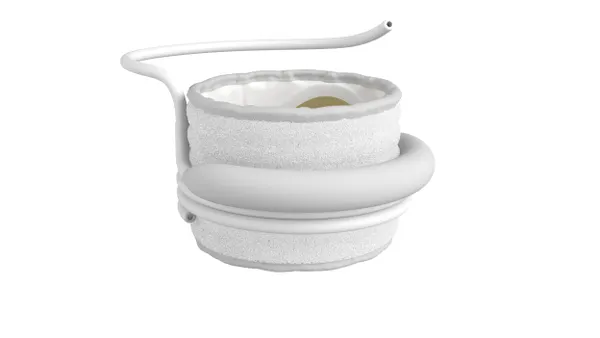Dive Brief:
- FDA issued final guidance on the development of regenerative medicine therapies such as cell or tissue products, saying the treatments have the potential to address "hundreds of vexing human diseases and conditions."
- The guidance addresses device classification for determining the premarket pathway, when a device may be labeled for use with a specific regenerative medicine or a class, and when a device may be limited to use with only one type of cell or more than one cell type.
- The document finalizes draft guidance first issued in November 2017.
Dive Insight:
The broad field of regenerative medicine includes tissue engineering, which involves developing biological substitutes that restore or improve damaged tissues or whole organs. FDA has approved artificial skin and cartilage, but the use of such products is limited, according to the National Institute of Biomedical Imaging and Bioengineering. Regenerative medicine also incorporates self-healing in which the body uses its own systems, sometimes in conjunction with biological materials, to recreate cells and rebuild tissues.
In its final guidance "Evaluation of Devices Used with Regenerative Medicine Advanced Therapies," FDA refers to instruments, machines and implants used in the recovery, isolation or delivery of the treatments. A regenerative medicine therapy is defined as intended to treat or cure a serious or life-threatening condition.
"We're providing information to product developers regarding how the agency intends to evaluate devices used with regenerative medicine advanced therapies, as well as providing information on the expedited development programs that may be available to regenerative medicine therapies targeted to serious conditions," FDA Commissioner Scott Gottlieb said in a statement.
FDA said a wide range of devices can be used in conjunction with a regenerative medicine advanced therapy. These can include a simple low-risk device, such as a scalpel for recovering cells and tissue, or a complex device such as an automated cell collection system that selects and processes specific cells intended for immediate return back to the patient. FDA said it does not consider device scaffolds combined with a cellular product to be within the scope of the guidance.
FDA said it has no predetermined list of intended uses or specific attributes that would result in a device used in regenerative medicine to be classified as class III.
In discussing combination products, the agency said devices intended for use with a specific regenerative medicine may, together with the treatment, be considered a biologic-led combination product and evaluated for marketing under a biologics license application in the Center for Biologics Evaluation and Research.
FDA introduced a regenerative medicine policy framework in 2017 to support product development in cell-based and gene therapies. At that time, the agency issued two final guidance documents that addressed when a product is subject to FDA's premarket review pathway. It also issued two draft guidances, one dealing with devices used with regenerative medicine advanced therapies, including combination products, and the other describing programs for expediting development of the treatments.











